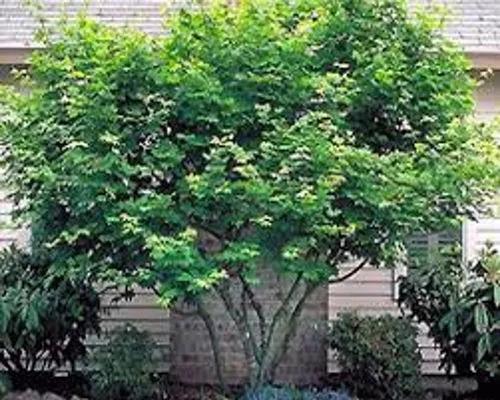Castanea sativa is a deciduous Tree growing to 30 m (98ft) by 15 m (49ft) at a medium rate. It is hardy to zone (UK) 5 and is not frost tender. It is in flower in July, and the seeds ripen in October. The species is monoecious (individual flowers are either male or female, but both sexes can be found on the same plant) and is pollinated by Bees. It is noted for attracting wildlife
Sweet Chestnut Care
Castanea Sativa



Castanea sativa, the sweet chestnut, Spanish chestnut or just chestnut, is a species of tree in the family Fagaceae, native to Southern Europe and Asia Minor, and widely cultivated throughout the temperate world. A substantial, long-lived deciduous tree, it produces an edible seed, the chestnut, which has been used in cooking since ancient times. C. sativa attains a height of 20–35 m (66–115 ft) with a trunk often 2 m (7 ft) in diameter. The bark often has a net-shaped (retiform) pattern with deep furrows or fissures running spirally in both directions up the trunk. The trunk is mostly straight with branching starting at low heights. Sweet chestnut trees live to an age of 500 to 600 years. In cultivation they may even grow as old as 1000 years or more. Their large genetic diversity and different cultivars are exploited for uses such as flour, boiling, roasting, drying, sweets or wood. The oblong-lanceolate, boldly toothed leaves are 16–28 cm (6–11 in) long and 5–9 cm (2–4 in) broad. he tree requires a mild climate and adequate moisture for good growth and a good nut harvest. Its year-growth (but not the rest of the tree) is sensitive to late spring and early autumn frosts, and is intolerant of lime. Under forest conditions, it will tolerate moderate shade well. It can live to more than 2,000 years of age in natural conditions, see the poetically-named "hundred-horse chestnut" in eastern Sicily for example.
How to Care for the Plant

Popularity

1,496 people already have this plant 205 people have added this plant to their wishlists
Discover more plants with the list below
Popular articles






